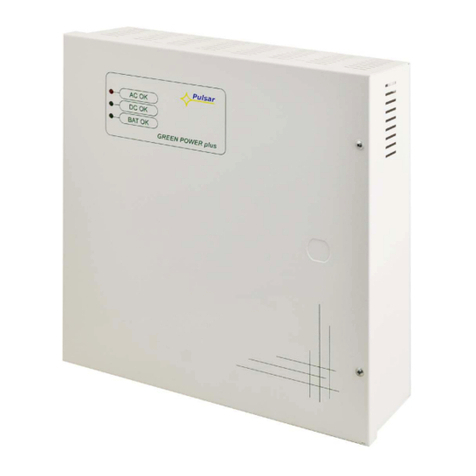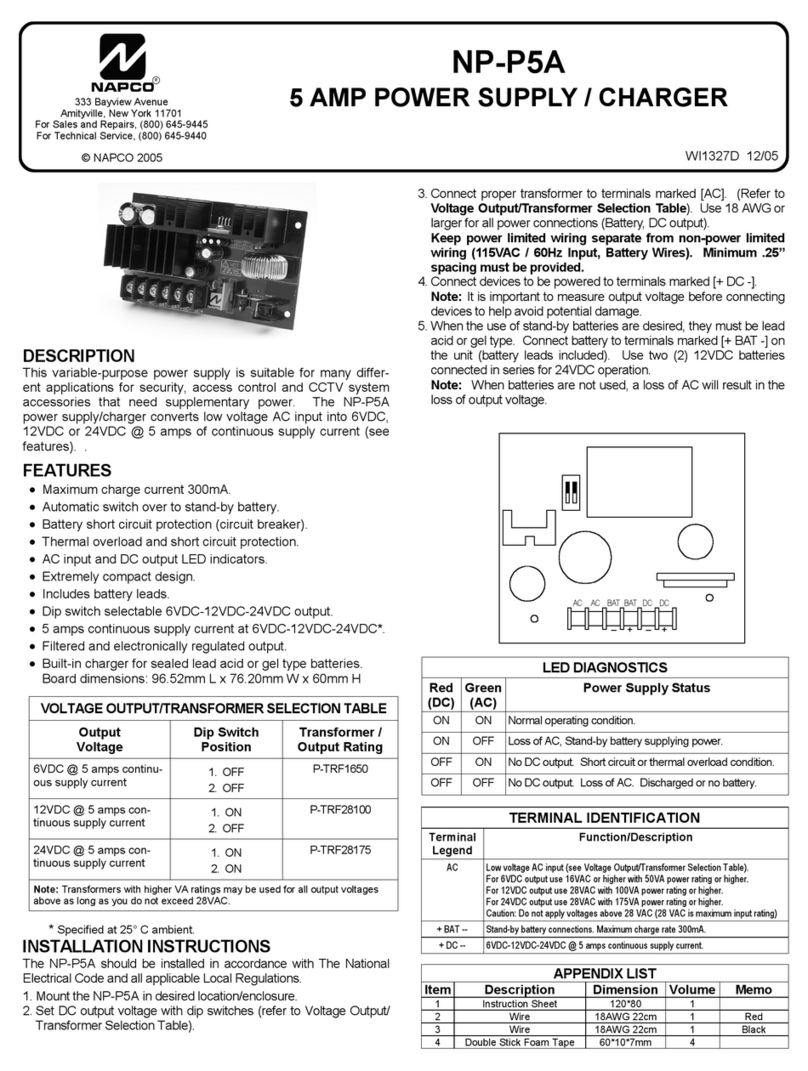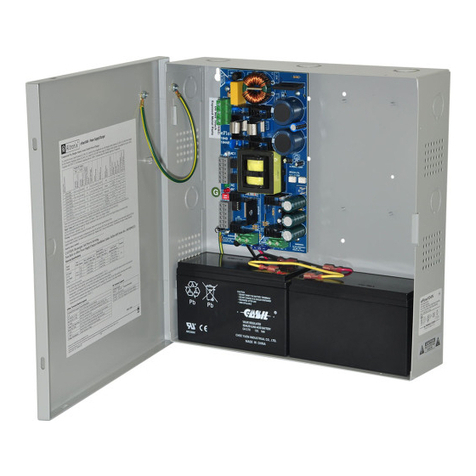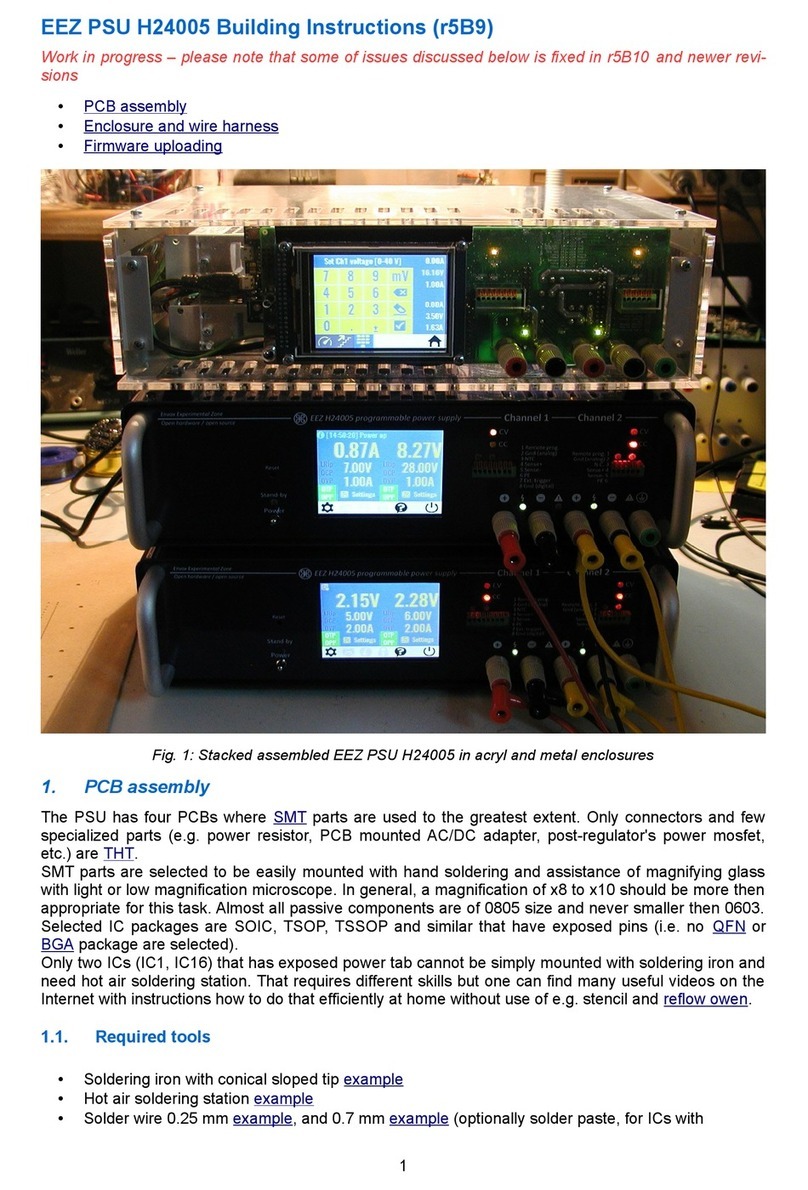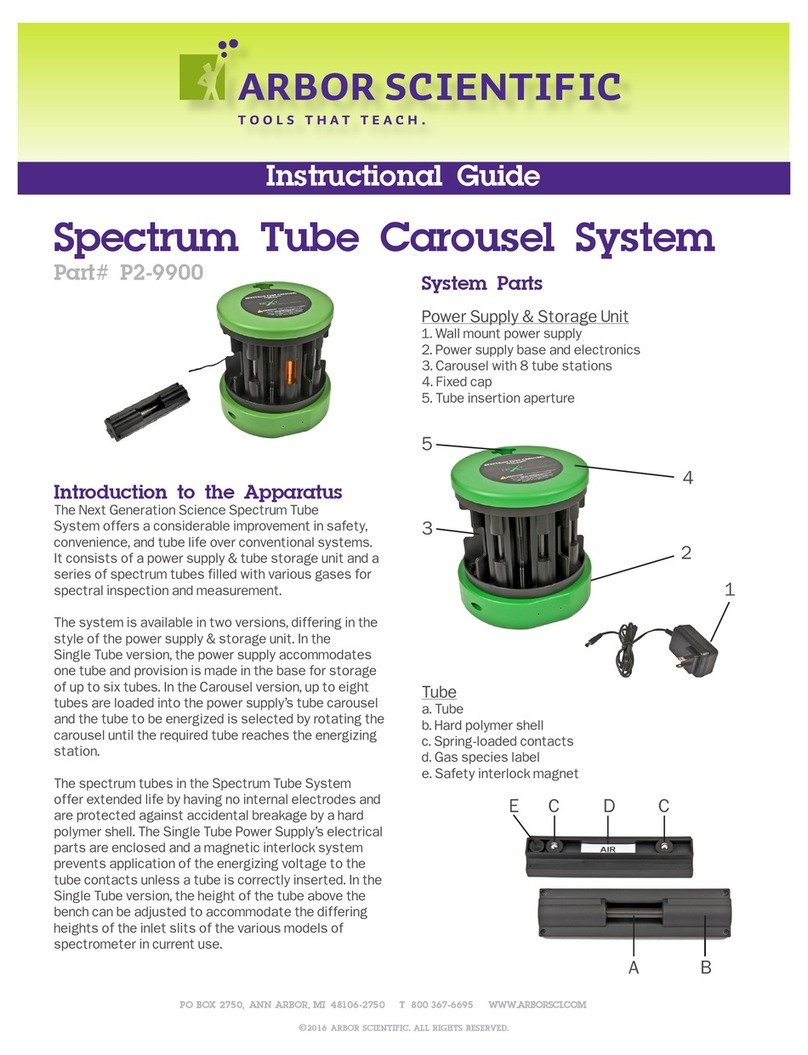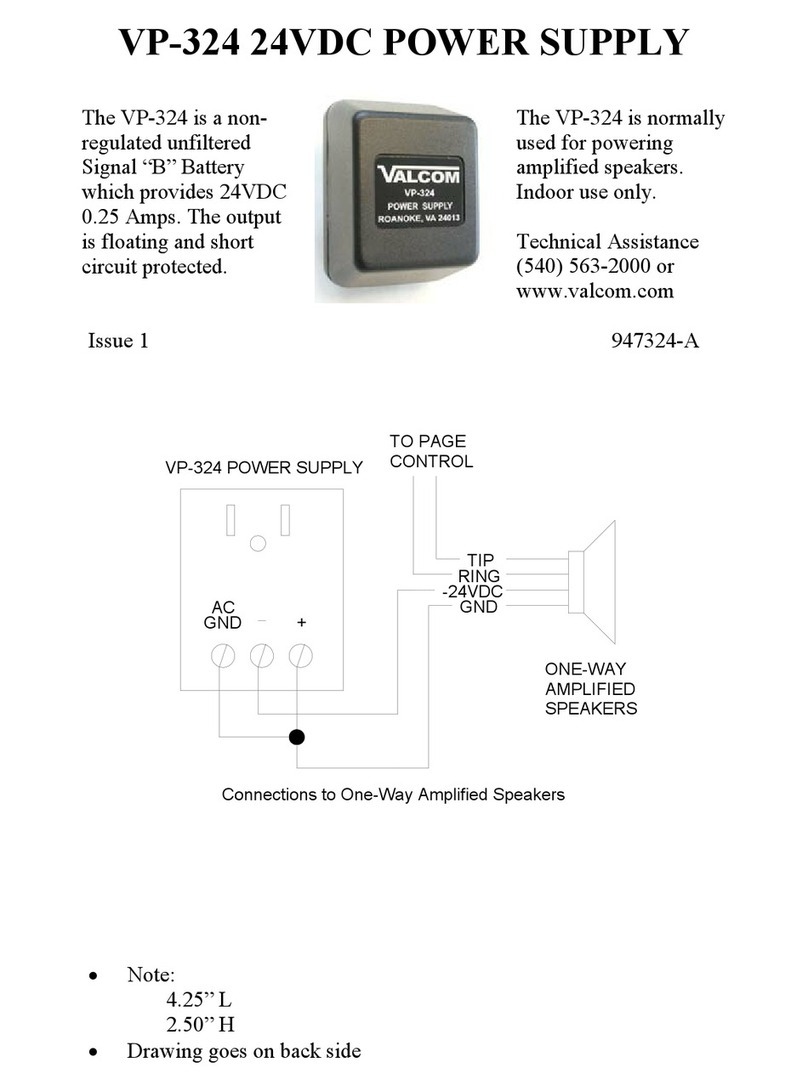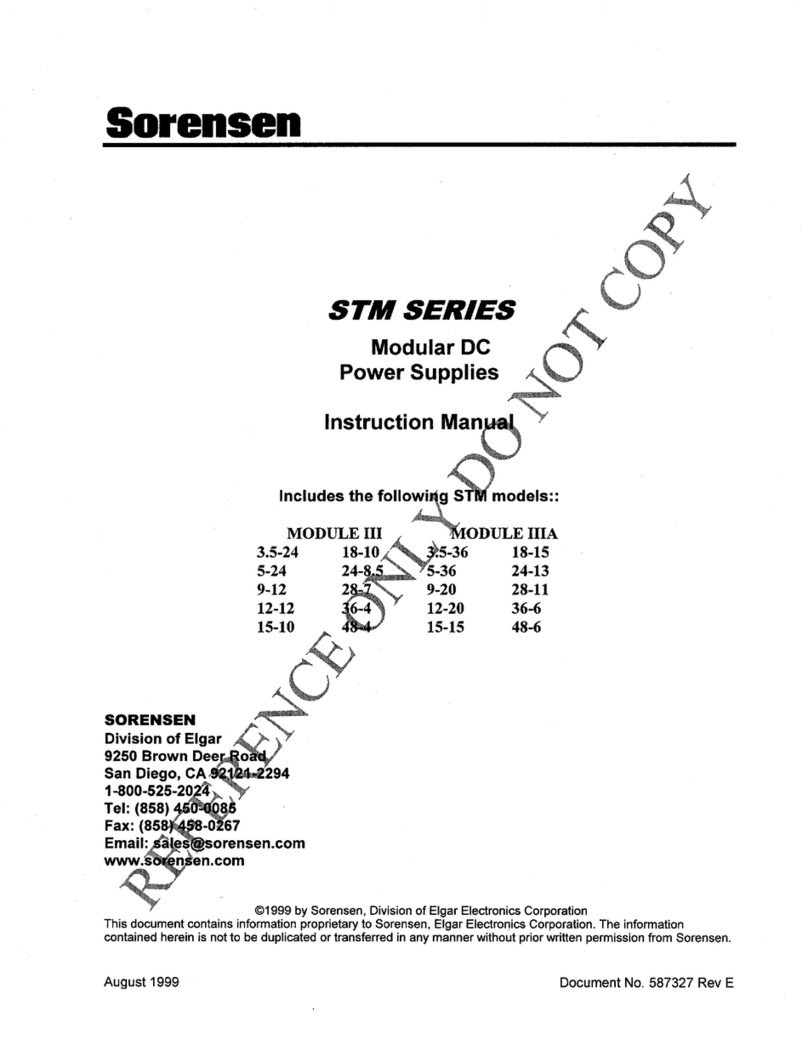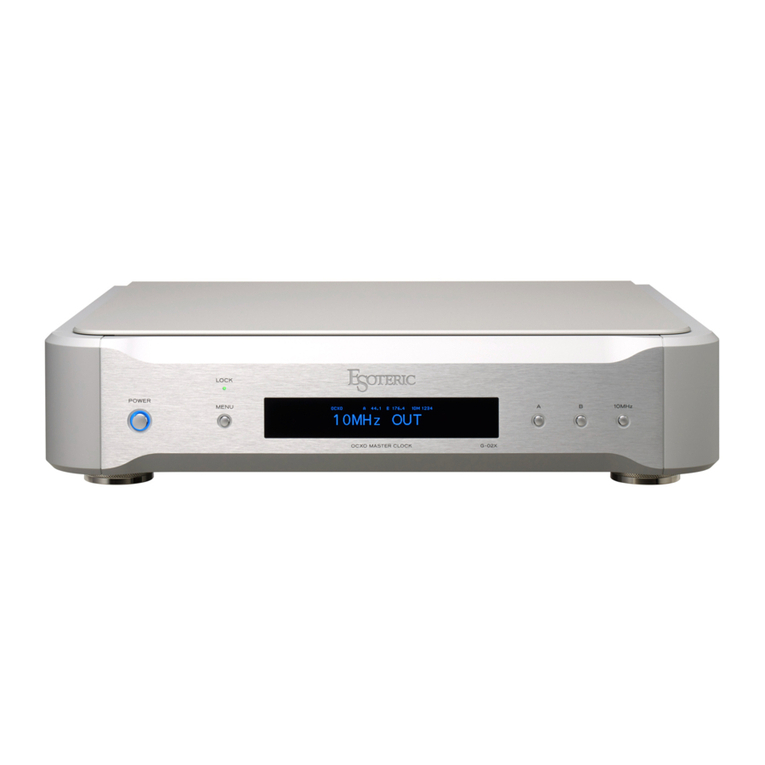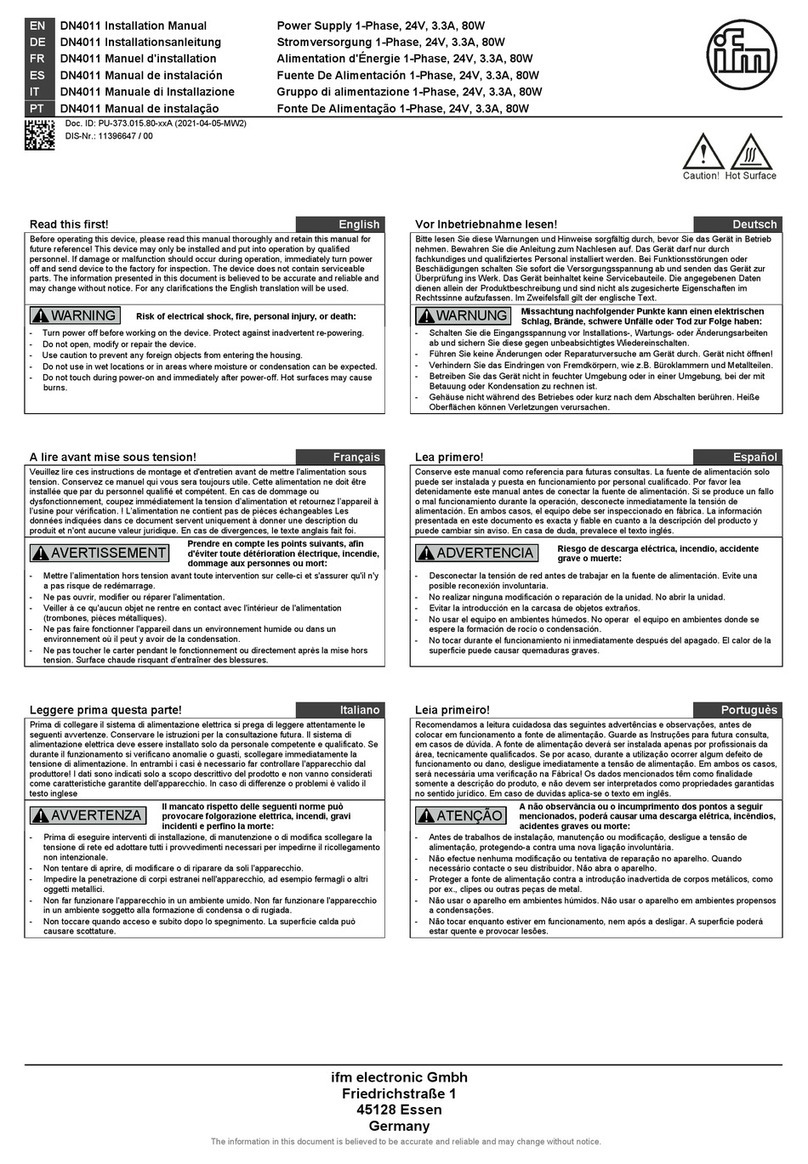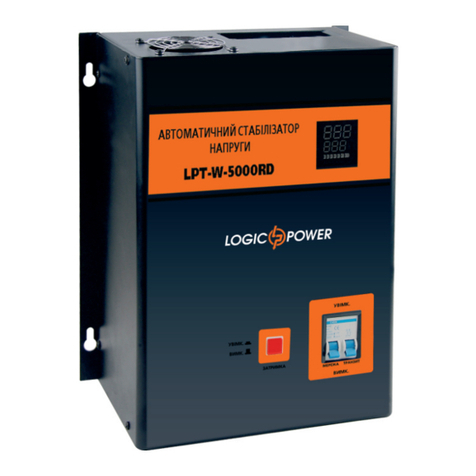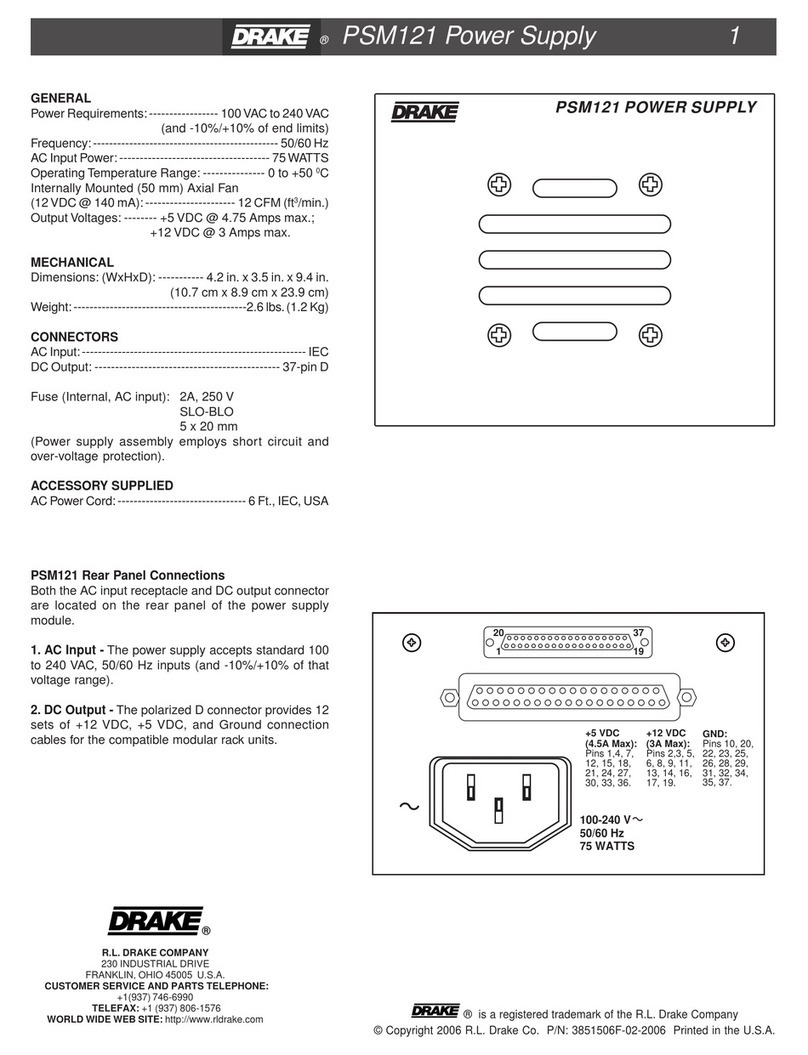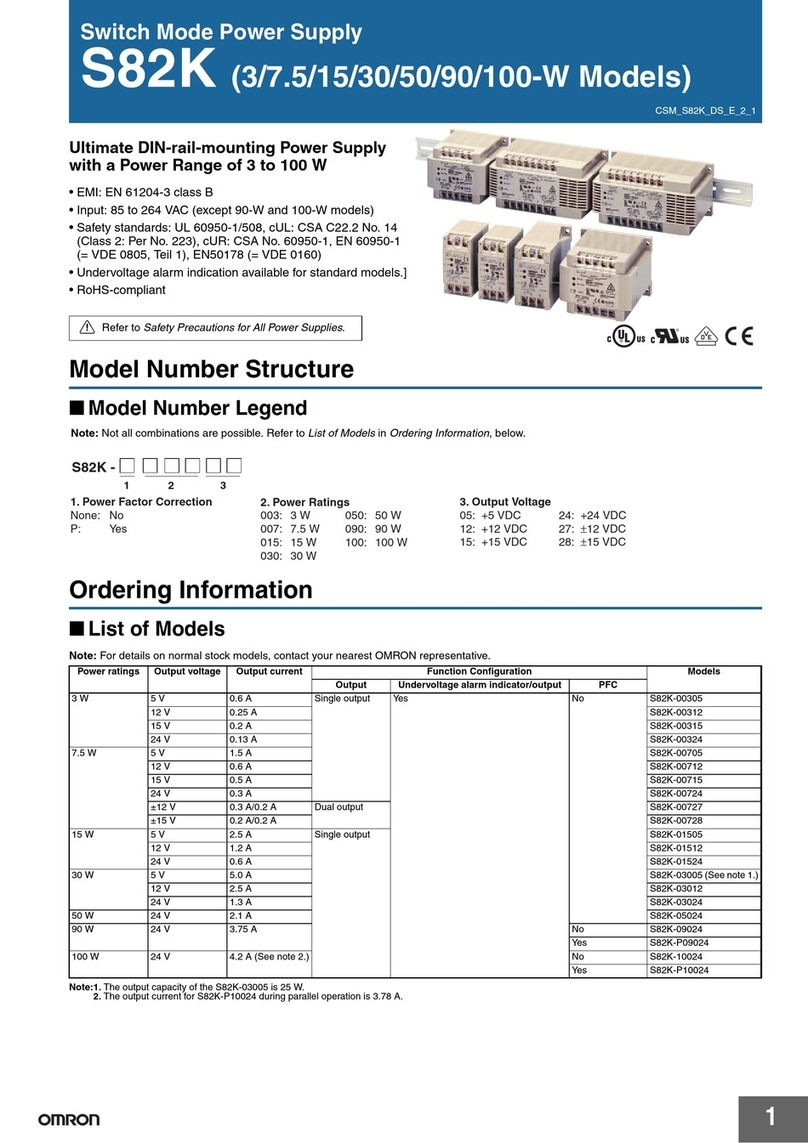Graymark 808 User manual





PARTS IDENTIFICATION AND INVENTORY EXPERIENCE
This experience is provided to acquaint you with the
vari-
ous electronic components and fittings included in this
To assist you in proper identification of the major parts and
project. Unpack the project carefully and check
(V)
each
fittings, pictorial and schematic illustrations are given in
part and fitting against the PARTS LIST In case of incor-
Figure
1,
rect, missing, or damaged parts, please refer to How to
Or-
der Replacement Parts and Graymark’s Warranty.
Upon completion of the parts identification and inventory,
have your instructor initial your Progress Guide.
-;
DIODE, SIGNAL
i
i
u
IA@09
INTEGRATED CIRCUIT
FUSE HOLDER
DIODE, POWER
1
,
TRANSFORMER
POWER RESISTOR
HEAT SINK
LM317-LM337
POST, RED,
BlACK
POTENTIOMETER
RUBBER FOOT
+-_-_-.-
SOLDER LUG
.-
.
.
_.-
._
.
_d
_._~_~__
--I
MACHINE SCREW
SELF-TAPPING SCREWS
f3
x
Qmtn
AND 2.6 x
5mm
i
SPACER
1Omm
AND
4Omm
~-_---..-
ELECTROLYTIC
CAPACITOR
PCB
---j----
LM317-LM337
BREADBOARD
--
__.
-..---_
,
LOCK WASHER SPLIT
STRAIN RELIEF
AND INTERNAL STAR
TRANSISTOR
FIG.
1
5














FIG. 29A
_FlG.
29B
l
I
TPl8
0
T:-I
5”
TP17
I
I
OT:+W
1
.
I
.
, RlO
0
Dll
T&
’
f
r----------
i
l
, .
I
I
I
1
R6
l-/N
OJOJI
fTP9
l Tm
.b.
. . . .
TPlA
YELLOW
fl
FYELLOW
FIG.
30
BUCK+
MBL”E
connect the meter test leads from the power
Plug
.
-
24. Position the two portions of the AC power cord
grommet around the cord where it extends out of
rear of the cabinet top, as shown in Fig. 29A. Us-
ing slip-joint pliers, insert the grommet intothe
hole in the rear of the cabinet top as shown in Fig.
29BYou
will have to squeeze the grommet quite
hard with the pliers so that the power cord is
formed into a “U” inside the grommet, and the
grommet is compressed enough to fit into the
hole.
-
25. Locate the Printed Circuit Board (PCB) and the
test points. Insert and solder
TPl
through
TPl9
into the PCB. The test points are inserted from
the component side of the PCB and soldered to
the copper on the solder side of the
PCB.
Refer
to Fig. 30 and the the silkscreened legend onthe
component side of the PCB for the test point
locations.
-
26.
From the solder side (bottom) of the PCB thread
the transformer leads through the holes in the
PCB as shown in Fig.
3O.Then,
from the compo-
nent side (top) of the PCB, thread the stripped
and tinned wire ends through the holes marked
YL, BL and
BK.
Solder these five wires to the
PCB, and cut off any excess lead length. Note:
This is done so when the board is handled during
component installation and testing, the wires
won’t bend and break at the weak points where
the wire insulation stops and the tinned copper
wire goes through the PCB.
AC VOLTAGE WAVEFORMS AND VALUES
DISCUSSION
Measuring a DC voltage is simple and straight forward.
Shown on a graph, the voltage of an automobile battery
would appear as a straight horizontal line. In Fig.
31
the
ver-
tical
axis shows the magnitude of the voltage being meas-
ured, and the horizontal axis represents time. The time
shown on the graph would be in the order of several
sec.
ends,
the time it takes for the meter pointer to stabilize and
for you to accurately read the
meter.The
graph shows that
the metertestprobeswereconnectedtothethebatteryat
19

time (T) 0, and removed immediately after the meter was
read.
To show an AC voltage, we need to change our graph in
two ways. It will have to indicate voltages of both polarities,
positive and negative, and we will have to make the hori-
zontal axis cover a much smaller period of time.The public
utility companies in the United States provide 60 Hertz
power. Hertz, abbreviated Hz, means cycles per second.
60 Hz means that the polarity of the voltage is reversing
120 times a second.
Figure 32 is a graph of the voltage at a walloutlet.The
horim
zontal axis only covers
I/60
of a second of time, or 16.67
milliseconds (mS).To observe what this graph shows, you
will have to use an
oscilloscope.The
AC voltage ranges of
a VOM will indicate the rms voltage, but the meter cannot
respond to the rapid changes of the 60 Hz. AC voltage, and
even if it could your eye could not read
meter pointer.
AC VOLTAGE OBSERVATION and
EXPERIENCE
Purpose: To observe and measure
PEAK, and
RMS
Voltages.
Equipment: OSCILLOSCOPE
VOM or DMM
the rapidly moving
MEASUREMENT
PEAK,
PEAKTO-
-
I.
2
.
3
.
-
4.
5.
6
.
-
7.
8
.
9
*
IO.
_
11.
_
12.
13.
_
14.
15
Refer to Fig. 33. Mount the 1 Omm spacers on the
solder side of the
PCB
using the four 20 x 3mm
machine screws, the two 40mm spacers, and
two 3mm nuts.
Place the cabinet top assembly, the powertrans-
former and the PCB on a work surface as shown
in Fig. 34.
Set the oscilloscope power switch to On.
Adjust the Oscilloscope to 10
Volts/div.
Set the
sweep rate to
5mSdiv.
Adjust the input controls
to display an AC signal, and vertical positioning
at the CENTER line.
Connect the scope ground lead to TP2 of the
PCB,
and the probe to
TPI.
Connect the power plug of the 808 to a 115 VAC
power outlet.
Set the power switch to ON.
Record your peak-to-peak reading
l
If your reading is about 60 Volts peak to peak,
then proceed to the next step. If your reading is
not about 60 Volts
peakto-peak,
stop, and check
your test set up or consult your instructor.
Remove the scope probe.
Adjust the VOM or DMM to read 19 Volts AC.
Connect one meter test lead toTP2 of the PCB,
and the other test lead to
TPI
.
Record your reading
.
If your reading is about 21 Volts AC, proceed to
the next step. If your reading is not about 21 Volts
AC, then stop and check your test set up or con-
sult your instructor.
Remove the test leads.
13.0
w
VOLTS-
-
-
-k,
12*-
1’
I
I
I
I
lO=m
I
I
!z
I
I
5
&-
I
I
i3
I I
II
:
&
I
I
LIJ
I
I
!i4
i
I
1
I
I
I
2
.’
II
II
I
IV
b
TIME
TIME
TAKEN-
TO READ
METER
’
TIME FOR
METER TO
STABILIZE
FIG.
31
FIG. 32
FIG.
33
20
Table of contents
Other Graymark Power Supply manuals

